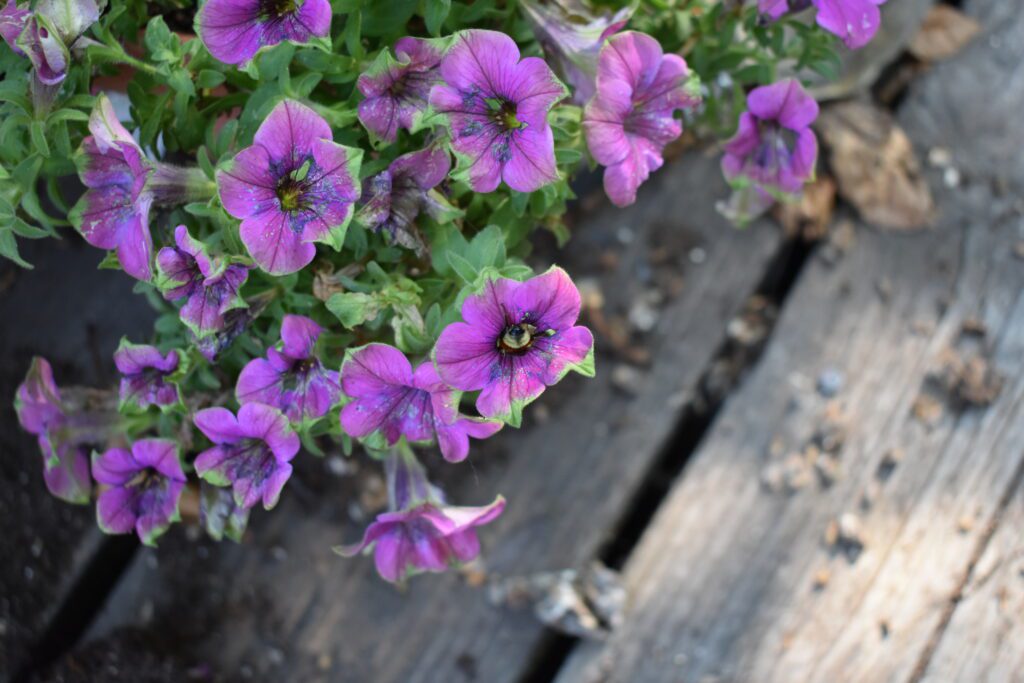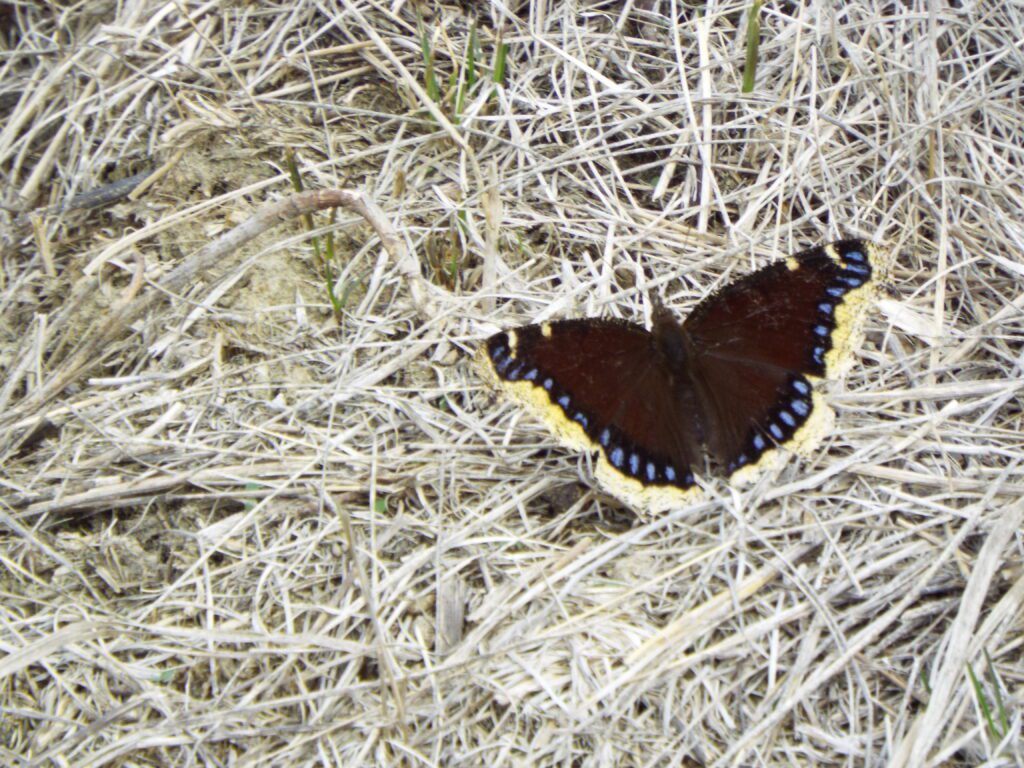News
Planting for Pollinators this Spring and Summer

Spring is here, well, almost. Gardeners begin to plan for the season, staring seeds indoors, and getting flower and vegetable beds ready for summer season.
Along with planning for flowers and vegetables, gardeners should take into account our other garden neighbors. Pollinators. Bees, birds, and butterflies do more than just produce honey, add music to our days, or create colorful accents to our plants, they also perform a valuable service for our environment.

Harold Golden, Sheridan, volunteer Master Gardener Coordinator for Sheridan County, talks about why gardeners should take into account these small and sometimes overlooked members of our world.
And pollinators are represented by much more than just honeybees, bumble bees, birds and butterflies. There are over 4,000 species of wild bees in North America and bats, ants, rodents, flies, moths, wild bees, beetles, wasps all do their part to pollinate our gardens and our crops.
Golden talks about some ways that gardeners can help to attract pollinators to their property.
Although we often hear that the world is losing its pollinators, Golden doesn’t agree. “I think we’ve had an effect on them with large agriculture, where there are hundreds of acres with on type of plant, and we did lose the diversity of plants.” He said lawns of just grass have an effect as well, due to the loss of diversity in flowering plants.
Dandelions, one of the first flowers to bloom in the spring, and provided food for bees when they come out of winter hibernation. Although honeybees and bumble bees are the most recognized pollinators, Golden added that the wild pollinators come in under our radar, and we don’t know much about them.

In a talk he gave in Buffalo, Golden has these eight tips to a successful pollinator garden. 1. Use native plants – not required, but you have to figure that native plants and native pollinators have co-evolved so they must be adapted to each other. 2. Variety – the wider array of flowers, the wider array of pollinators. Also, the season of blooming or availability of flowers will be longer. 2. Plant in mass groupings. More efficient for pollinators. Pollinators will be more likely to locate and exploit the flowers. Pollinators have to fly from flower to flower, and they are less likely to come in if there are only a single flower.

One important item that many gardeners don’t often think about is to provide a water source, and he said that the also the presence of mud is critical to many pollinators. One tip is to fill a small pan with water and add either marbles or small pebbles, making sure the water is not deep enough to allow the bees to drown. This way, they can get a drink safely. Keep the water fresh and clean. Also, a humming bird feeder can be filled with water for the pollinators to use.
Dead head the plants to prolong blooming period, and plant flowers that bloom in the spring, summer and in the fall to attract pollinators all summer.
Provide shelter, habitats and nesting sites. Brush piles and wood piles are very useful, even bark mulch. Avoid using pesticides, there can be too much collateral damage. In the winter, help to create habitat for pollinators to winter over. Avoid cutting plants back too early. Leave the leaves. Insects lay eggs in old plant matter.

Golden talked about one way that gardeners can attract pollinators as well as using flowers as natural pest repellents.
Onions can also be planted next to other vegetables, as the strong smell will discourage some insect pests.
Golden provided a list of some flowers that grow well in our part of Wyoming that one can plant to attract the pollinators.
Annuals include Nasturtium, Bachelor buttons, Cosmos, Sunflowers – singles or branching, Zinnias – tall varieties, Borage, Lettuce, and Calendula.

Best perennials for pollinators in our area include Asters, Lavender, Prairie Clover, Roses – Canadian, Russian Sage, Black-eyed Susan, Bee Balm, Catmint, Yarrow, Chives and Echinacea, also known as coneflower.
Above all, when planting a pollinator garden, have fun. Enjoy planting for pollinators and seeing the activity in your garden.

